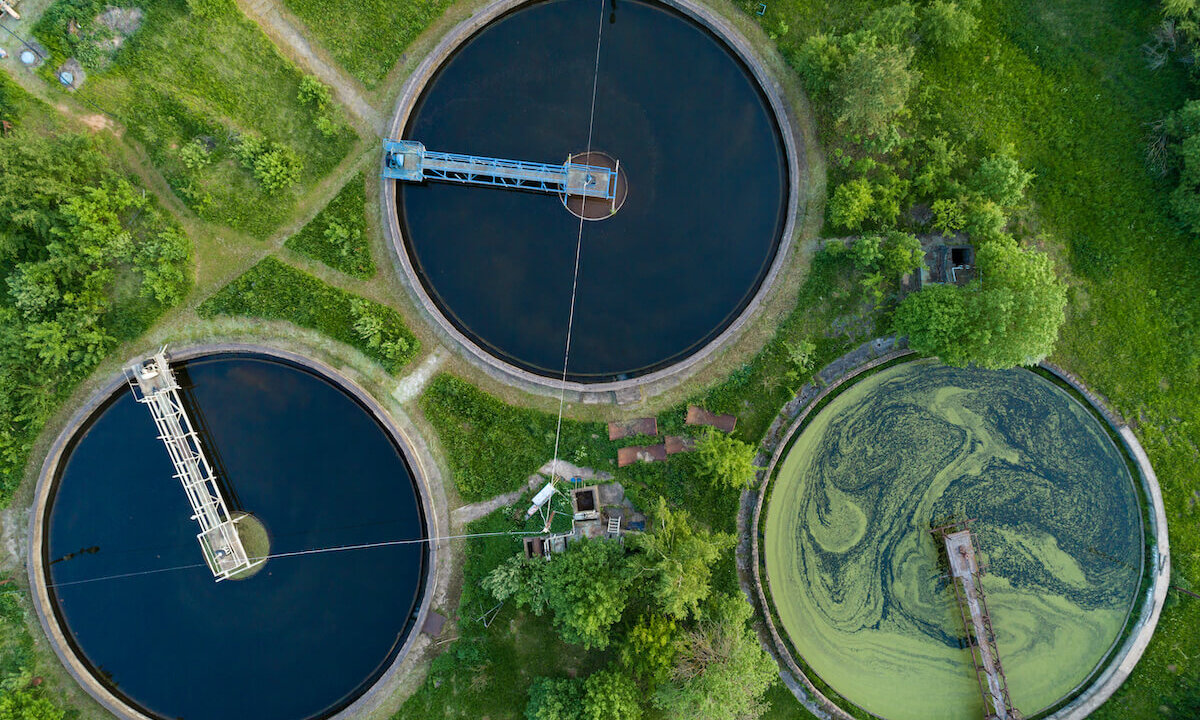Of all the natural resources that manufacturing consumes, fresh water is the one where demand might outstrip supply. The concept of “peak oil” forecast decades ago never materialized. Driven by profits, companies developed ways to extract oil and gas from additional sources. We need to curtail our consumption of oil and gas to avoid catastrophic climate change, but the supply is not disappearing.
The situation is similar to extracting minerals to produce metals. Reserves—the quantity of a metal that is available to extract at a reasonable cost—change as the industry develops new mining techniques and locations. For example, the ratio of reserves to annual production of copper was 43 years in 2011. This does not mean that we will run out of copper in my lifetime. The ratio was identical in the 1980s. We still need to recycle far more metal, but that’s a topic for the next blog post.
Water supplies, however, are truly limited. The situation, unfortunately, is likely to only get worse.
For example, Cape Town, South Africa, has been experiencing extreme drought for at least five years. The city has barely escaped “day zero,” the day when municipal water taps are shut off until annual rains can replenish the reservoirs. They kept the water on through severe rationing.
In other areas, severe flooding restricts water supplies. There is an abundance of water, yet it is contaminated and unfit for drinking or bathing.
Water management must control both consumption and discharge, and we should tailor solutions to the needs of the local community.
How to Use Less Water
Water-intensive businesses can strain the capacity of a nearby community to provide the water that its residents need. According to a recent talk by SEMI President and CEO Ajit Manocha, an average fab uses 9 million gallons of water per day, enough to supply a US city with a population of 100,000.
Any sustainability program must, therefore, include water management strategies to reduce consumption. The first steps are to measure current water consumption and develop benchmarks for reducing it.
Tactics will vary from location to location, but the basic strategies remain the same. There are several ways to meet freshwater consumption goals:
- Require less water through improving efficiency or changing manufacturing processes
- Evaluate water sources and endeavor to use less fresh water
- Reuse or recycle water in-house instead of releasing it
For the 3DInCites Sustainability Award, the team considered performance on four of the United Nations Sustainability Goals (UNSDGs), including SDG 6, “Clean Water and Sanitation.” Among the companies we evaluated, ASE Global (ASEH) scored the highest in this category.
ASEH uses a customized version of the Water Resource Institute’s Aqueduct tool to evaluate water stress at each of its facilities. They use the data to decrease production capacity during droughts and implement water rationing if necessary.
In 2019, ASEH opened a water recycling facility in Taiwan to process and reclaim wastewater. That year, the company recycled over 28 million tons (nearly 7 billion gallons) of water.
Processed water is returned to nearby manufacturing facilities. Based on the estimate from SEMI, ASEH recycled enough water to power two fabs for a year.
ASEH is far from the only semiconductor company prioritizing water management. Many companies in the industry are stepping up water reclamation and recycling, which is encouraging. Steps like collecting rainwater and capturing wastewater for filtering and reuse are helpful.
Still, it is possible to aim for even more challenging goals. For example, Intel intends to go beyond recovering 100% of its global water consumption. It plans to become net water positive by 2030. The strategy requires conservation, recycling, and also funding water restoration projects beyond the boundaries of Intel’s facilities.
Water Management Involves Water Treatment
Manufacturing requires toxic chemicals that can contaminate groundwater if not handled properly. Even with extensive recycling and reuse, some water is discharged and reaches lakes and rivers. Many companies have not paid enough attention to the effluents they are releasing. Some have even actively ignored data they have collected that suggests their processes are hazardous to employees and nearby residents.
Local regulations on accepted levels of contaminants vary. Regular testing is necessary to ensure that water has been thoroughly filtered before release into local waterways or even into sewage treatment systems. Fabs and other manufacturing facilities should often do more than just meet minimum guidelines. Guidelines are not necessarily stringent enough to avoid risk to human health.
One example is perfluoroalkyl substances (PFAS), which have been linked to multiple health problems, including cancers and birth defects. Despite the risks, these chemicals have escaped regulation and are present in water supplies in cities far from those near production facilities.
The EPA is finally calling for limits on the allowed concentration of PFAS in wastewater. This change affects many industries, including those in the semiconductor supply chain. While it will be years before any new regulations will take effect, changes in wastewater monitoring should start now.
Monitoring and treating wastewater costs money, but it is an investment in safety. Of course, the fewer toxic chemicals a facility produces, the fewer contaminants need to be removed from the wastewater. As mentioned in the previous blog post in this series, the best way to reduce the risks associated with hazardous waste is to create less of it.
Everyone on Earth deserves access to clean water for drinking, cooking, and washing. It will not be easy to achieve this goal, but manufacturing industries can take steps to reduce their contribution to the problem and invest in water management solutions.



















